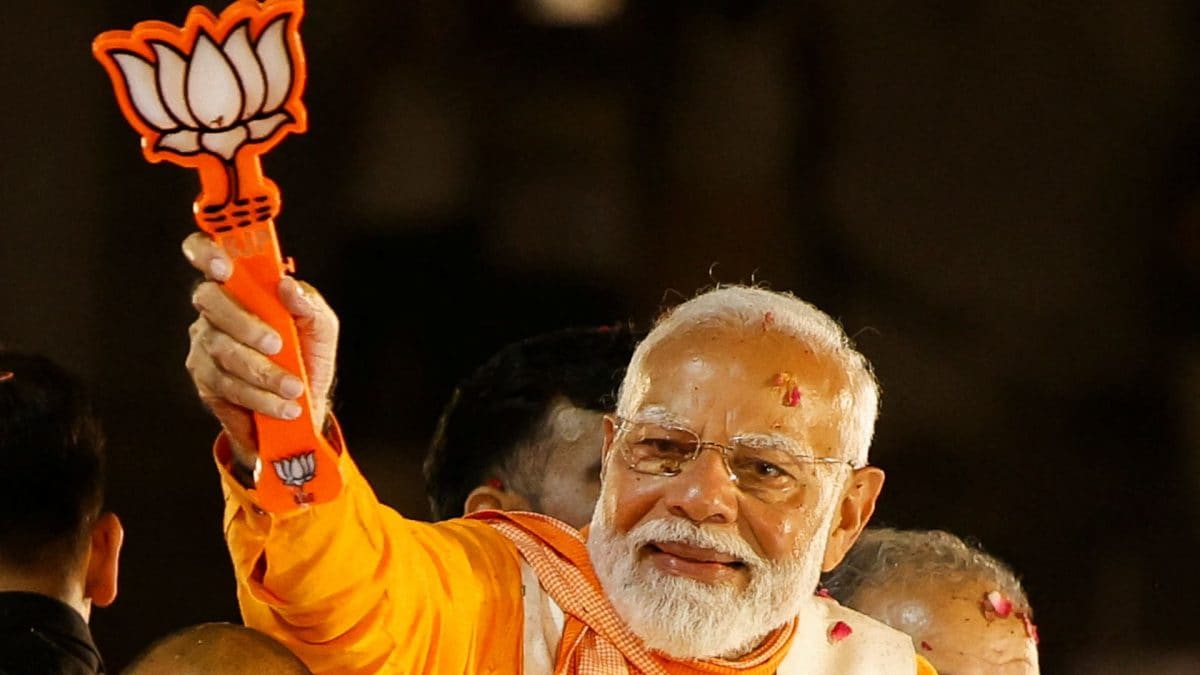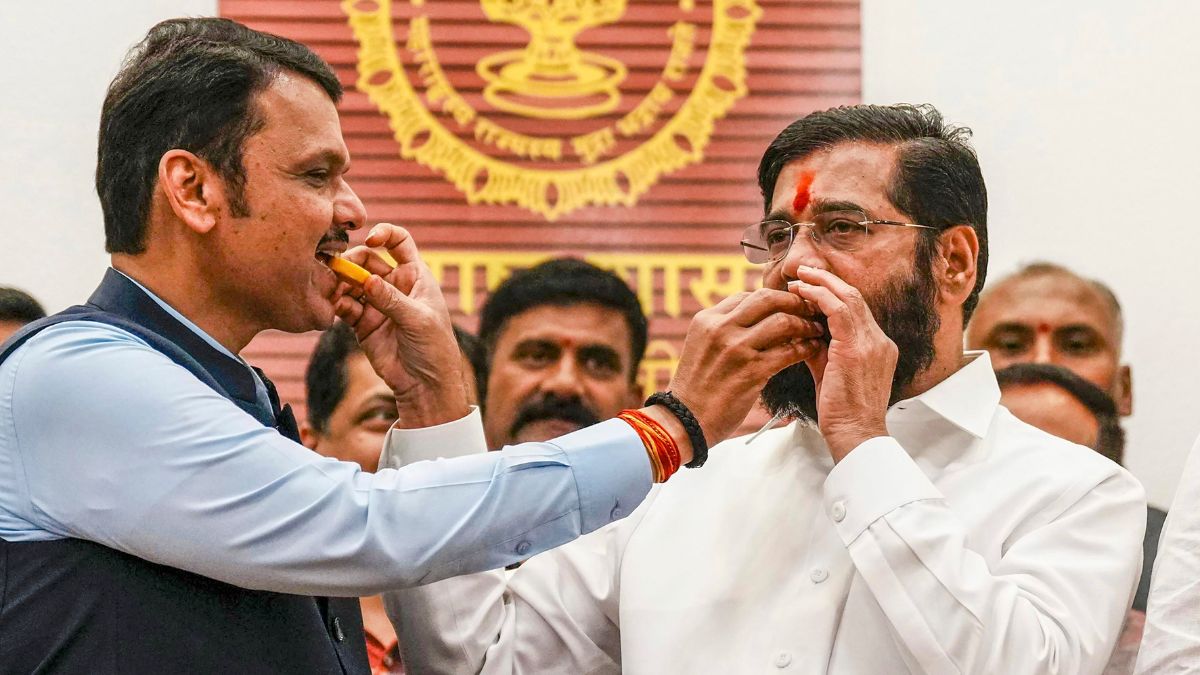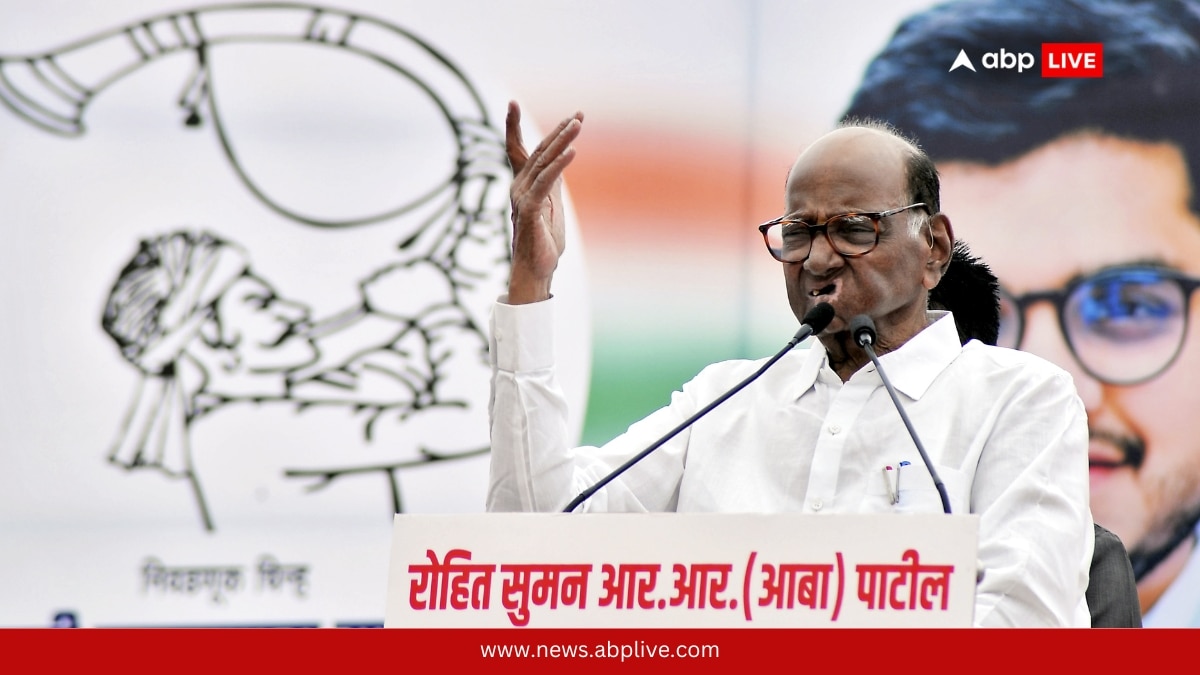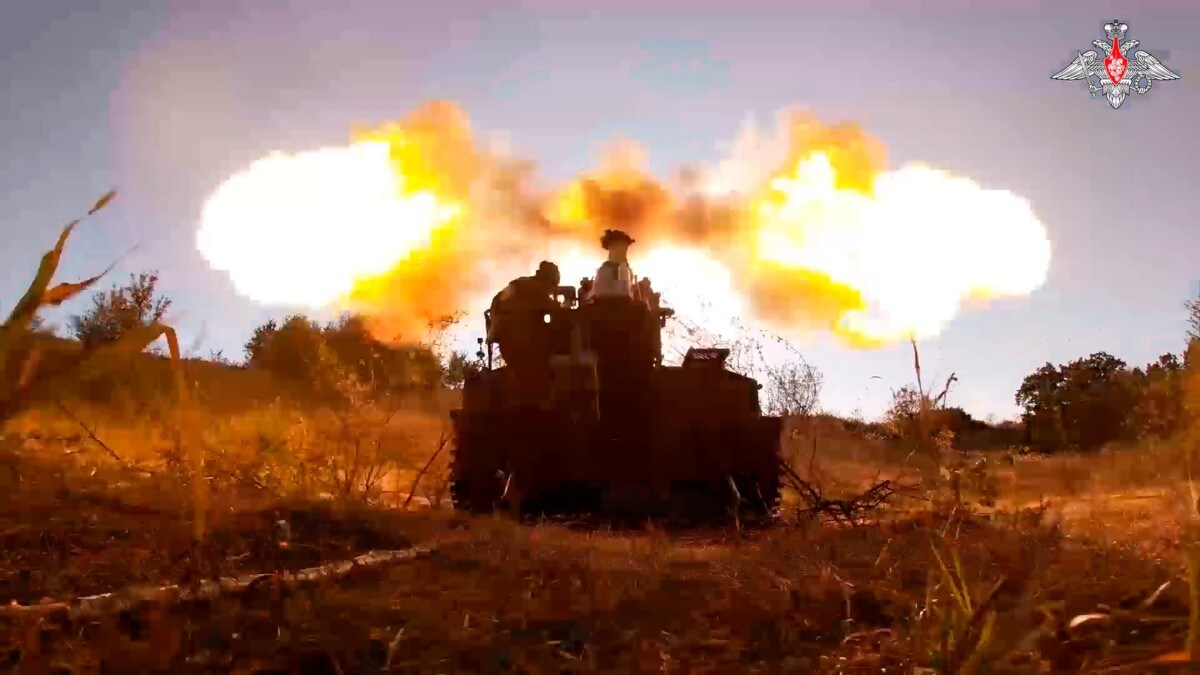
This is Dispatches with Patrick Cockburn, a subscriber-only newsletter from i . If you’d like to get this direct to your inbox, every single week, you can sign up here. Donald Trump has pledged to fulfil his slogan to “ Make America Great Again (Maga)” over the next four years, but can he do so and will he be able to reshape America to any significant degree? Omens are not good for a successful Trump-led rejuvenation of the US, going by the grim experience of other states that have sought a national revival through taking a radical new direction.
In the 1980s, the Soviet Union under Mikhail Gorbachev tried “perestroika – restructuring” – and rapidly fell apart. Less calamitously, the UK left the EU in pursuit of greater self-determination and prosperity, but appears to have obtained neither. In Russia in the 1990s, in the UK after 2016 – and potentially in the US after 2025 going by Trump’s first appointments – radical change provided a vehicle into power for a corrupt and incompetent political elite.
Maga ambitions In the few weeks after Trump’s victory in the presidential election, it is important to take his Maga ambitions seriously, and to ask what impact they will have on the US and the rest of the world. Equally important, we must not see these developments, however toxic, as springing solely from the much-demonised Trump and his acolytes, but ask what pre-existing trends, long marinated in American history, they represent and reinforce. Americans and non-Americans alike find it near impossible today to make a proportionate and rational response to the political resurrection of Trump, whose career many had hoped was dead and buried four years ago at the time of his electoral defeat followed by the Capitol riot.
Democrats are blaming each other for defeat and everything that anybody did in the struggle against Trump feels retrospectively like a horrible mistake. Political hypochondria Demoralised Trump opponents are like the narrator in Three Men in a Boat, the comic novel by Jerome K Jerome, who, on feeling queasy, consults a medical dictionary and finds that the only malady “I had not got was housemaid’s knee”. Political hypochondria is understandable after any defeat, and it takes time to sieve out what is important from what is not in order to get some idea of the direction in which the US is heading.
Read Next Most political disasters are overstated - not this one Keep in mind that the Trump victory was not as overwhelming as first reported. After the last of the 155 million votes trickled in, it emerged that Trump had won just under 50 per cent of the total, denying him a majority of the popular vote. Secondly, though the Democrats made lots of errors, their loss of the White House can be best explained by simple facts such as the near doubling of the price of a dozen eggs from $1.
55 to $2.72 since 2020 and the 30 per cent increase in the average monthly rent in some cities to $1,988. Soaring cost of living has led to incumbent governments losing or doing badly in elections all over the world from India to the UK to Argentina.
Tremors from a political earthquake Yet, although the international nature of the anti-incumbency wave may be comforting for anti-Trumpers, it does not mitigate the political earthquake now shaking the ground under their feet. It is the severity of these tremors, possibly creating permanent political turmoil paralysing the US political process, which will decide whether Maga Republicanism makes the US stronger or weaker as a political power. If America is going to be gripped by what has been described as an escalating “cold civil war” over the next few years, then its hegemonic role in the world will be undermined, if not ended.
Everyone knows that American society is highly polarised, with people holding hostile opinions, even migrating to an appropriate red or blue state where their views will be more acceptable to their neighbours. In reality, however, the US has always been a country more polarised than most countries ever since the Declaration of Independence in 1776. The division was originally about slavery culminating in the Civil War, but the US continued to have two very distinct cultures.
These are centred partly on race, but include contrasting attitudes to evangelical Christianity, abortion , gun ownership, paramilitary policing, crime and punishment, affirmative action, and the role of government. This explains why culture wars in the US have a real cutting edge, where its two cultures are in a constant state of friction, that they do not possess in the UK. Kamala Harris kept telling voters during her campaign that “the vast majority of us know that we have so much more in common than what separates us.
” Her defeat shows that her take on US politics is over-optimistic, but by the same token Maga Republicans should not interpret their victory as a massive endorsement of their version of America. The glue for political and social cohesion A second important factor has played a seldom acknowledged part in opening up political and social divisions in the US. In 1992, Francis Fukuyama mistakenly interpreted the collapse of communism and the Soviet Union as leading to the permanent triumph of liberal democracy.
He has since been much derided as this demonstrably did not happen, but he and his critics miss the point that it was the threat of communism and superpower rivalry with the Soviet Union which for 60 years provided part of the glue for political and social cohesion in the US, enabling liberal democracy to flourish. “The spectre of communist advance required from the United States a policy of military containment unprecedented in its history,” writes Gary Gerstle in The Rise and Fall of the Neoliberal Order. “It also impelled capitalist elites in advanced industrial countries, including the United States, to compromise with their class antagonists in ways they would not otherwise have done.
” At home, capital is compromised with labour. Abroad, Republicans went along with an interventionist Democratic foreign policy to combat communism. Trump is not putting this policy into total reverse, but it is important to understand that his isolationism, in practice closer to unilateralism, harks back to a powerful old American tradition of keeping out of foreign entanglements and wars.
Doing so may diminish American influence in the world, but it is not a weird new departure to be blamed solely on Trump, as is often done by the Democratic Party establishment and by European elites. Trump’s unilateralism abroad may not undercut American power as much as some expect. President Joe Biden leaves behind a legacy of ferocious wars in Ukraine and the Middle East.
Bringing about a ceasefire in Ukraine may not be as difficult for America’s Western allies to swallow as it might have been a year ago. They can now see, as they ought to have foreseen two years back, that there is a real danger of a Ukrainian military collapse. The greatest problem may be that President Vladimir Putin feels today that he is winning the war militarily, politically and economically and will therefore see no reason to end it until victory.
As for Gaza and Lebanon, the human catastrophe stemming from Biden’s failures is so terrible that Trump may have a problem doing worse, which does not mean that he will not try. Believe Nothing Until It Is Officially Denied: Claud Cockburn and the Invention of Guerrilla Journalism by Patrick Cockburn, is published by Verso Further thoughts There is a gaping absence in the commentary on the US giving permission to Ukraine to fire its ATACMS missiles into Russia , as well as sending Ukraine anti-personnel mines . All are agreed that neither weapon is likely to make a decisive, or even a significant, difference to the balance of power on the battlefield.
Yet the pundits and politicians invariably ignore one certainty about these weapons, which is that more people – both Russian and Ukrainian, military and civilian – will be killed and maimed. The combined casualty list for both countries is already about one million, with the number growing by hundreds and probably thousands every day. I am deeply aware of the real cost of war because I have always found it more rewarding as a journalist to go to military hospitals rather than to the front line.
The latter may seem to be the obvious destination for a reporter, but once there he or she will be closely monitored and their freedom of access restricted by the military authorities. Under the eyes of their own security forces, soldiers will be reluctant to pass on any bad news or depart from the official government line about what is going on in the fighting. When I visited military hospitals, on the other hand, I found that wounded soldiers were less supervised and eager to talk to me.
The very fact that they had been wounded severely guaranteed that they had been involved in the fighting. Talking to young men who had lost a leg or legs, or had survived multiple operations to remove shrapnel from their stomach or head, or sustained other “life-changing injuries”, has given me a horror of war reporting that ignores these miseries. It is repellent when commentators, often retired generals, happily pontificate about the need to keep the Russo-Ukraine war going more or less indefinitely.
As regards the true level of casualties, The New York Times has a well-informed article citing estimates by the independent Russian news outlet Medizona and the Russian service of the BBC to give a figure of 78,000 Russian military dead since the start of the war, based on obituaries and cemetery records. A similar but less transparent study gives a figure of 65,000 Ukrainian military dead. Less certain is an assumption that these numbers are half the real number of fatalities.
They assume two seriously wounded for every soldier dead, meaning between 400,000 and 500,000 Russian dead and badly wounded out of a pool of potential recruits numbering 33 million, compared to six million in Ukraine before the war. A confidential Ukrainian estimate from earlier this year put the number of dead Ukrainian troops at 80,000 and the wounded at 400,000, according to the Wall Street Journal citing US intelligence sources. The implication of these casualty figures is twofold.
Firstly, Russia is likely to come out on top in any prolonged war of attrition – and the provision of Western wonder-weapons in the shape of heavy tanks, F-16s or ATACMS is not going to change this calculation. Secondly, having fecklessly begun a war in 2022 that led to so many Russians being killed and wounded, President Vladimir Putin is not going to agree to a peace deal that does not give him most of his war aims. Beneath the Radar It is depressing to watch Sir Keir Starmer rant on about hunting down “the criminal gangs” who provide the boats for asylum seekers to cross the Channel.
This traffic is obviously demand-driven and the gangs organising it are based in continental Europe or the Middle East, well beyond the UK’s jurisdiction. Starmer presumably knows this, but wants to sound tough – much like his Tory predecessors. The idea of cutting off the supply of flimsy rubber or plastic boats manufactured in Turkey that fold up to the size of a suitcase is particularly absurd.
Seldom mentioned in accounts of Middle East and North African refugees making their way to Europe is the role of the US and European states in fomenting forever wars in places like Libya, Syria, Iraq and Afghanistan, provoking an exodus of desperate people. This is supplemented by tight economic sanctions that wreck economies in Syria and Iran, again leading to a great outflow of economic migrants. Cockburn’s Pick I watched American film-maker Martin Scorsese’s magnificent documentary Made in England: the Films of Powell and Pressburger .
These were surely the most intelligent films ever made about England and English people. This is Dispatches with Patrick Cockburn, a subscriber-only newsletter from i . If you’d like to get this direct to your inbox, every single week, you can sign up here.
.














